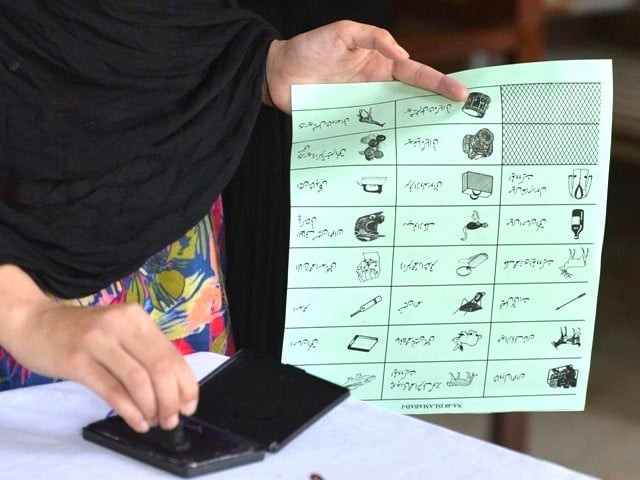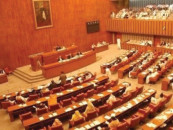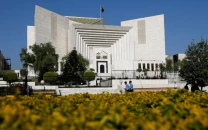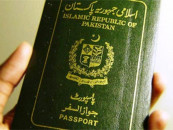Women voting choice differed from men
Urban areas lead in voting disparities between genders

Women voters in 18% of communities in the jurisdiction of male and female polling stations in National Assembly constituencies voted differently from their male counterparts during the 2024 general elections, according to a report released by the Free and Fair Election Network (FAFEN) on Sunday.
The report, comparing results from male and female polling stations within the same communities, found that in 82% of communities, male and female voters aligned in choosing winners, and selecting the same candidate.
However, in 18% of the communities, male and female voters diverged, returning different winners from their respective polling stations.
Since election results of combined polling stations do not provide a gender-wise breakdown of how male and female voters vote, FAFEN's assessment could only compare the results of male and female polling stations.
Furthermore, the report limited its scope to male and female polling stations where men and women from the same electoral areas voted. The assessment includes 21,188 communities comprising 42,804 comparable male and female polling stations.
In 18 per cent of the communities, male and female voters diverged in their choice of winner as they returned different winners from their respective polling stations.
Compared to rural areas, communities in urban areas showed more divergent choices among male and female voters.
Among regions, Islamabad had the highest proportion (37%) of electoral communities with different winners in male and female polling stations.
Balochistan had the second-highest proportion (32%) followed by Sindh (19%) and Punjab (18%), while Khyber Pakhtunkhwa (K-P) had the lowest proportion (13%) of such electoral communities.
Of the 3,884 communities where women's choice of winner for National Assembly seats was different, Pakistan Tehreek-e-Insaf (PTI) won more support from women in 1,260 communities, followed by Pakistan Muslim League-Nawaz (PML-N) in 1,027 and Pakistan Peoples Party Parliamentarians (PPPP) in 694 communities.
Regional trends showed that while PTI performed well across the country regarding women voters' choice, PML-N remained strong in Punjab, and PPPP dominated in Sindh.
In 37 NA constituencies, the largest proportion of voters in female polling stations did not vote for the winning candidates. In 226 NA constituencies, the largest proportion of voters in female polling stations voted for the constituency winner.
In 166 of those NA constituencies, compared to voters in male polling stations, a larger proportion of voters in female polling stations polled for the winner.



















COMMENTS
Comments are moderated and generally will be posted if they are on-topic and not abusive.
For more information, please see our Comments FAQ